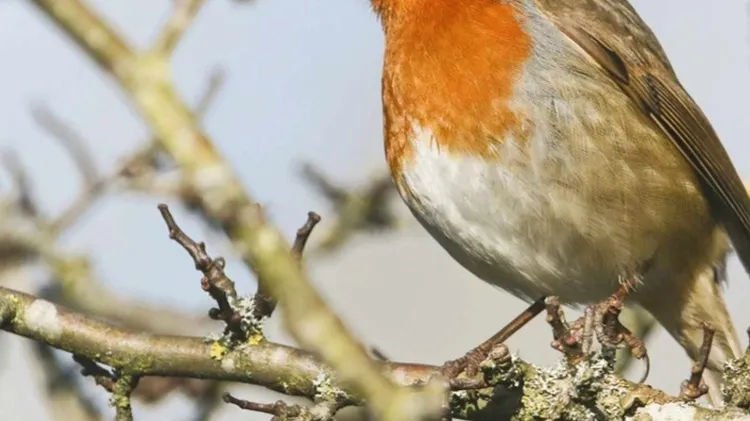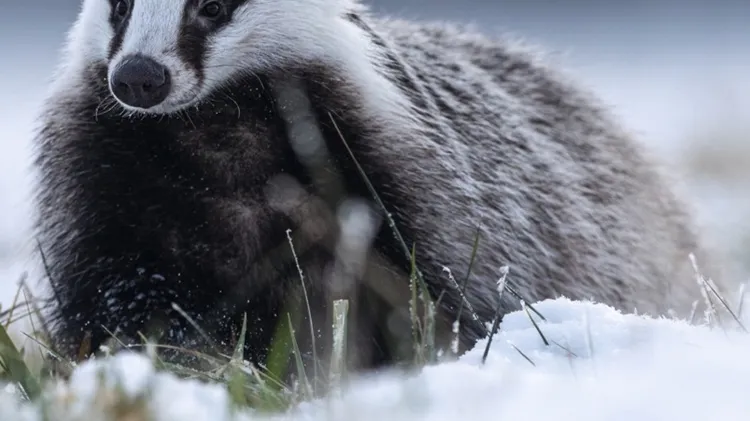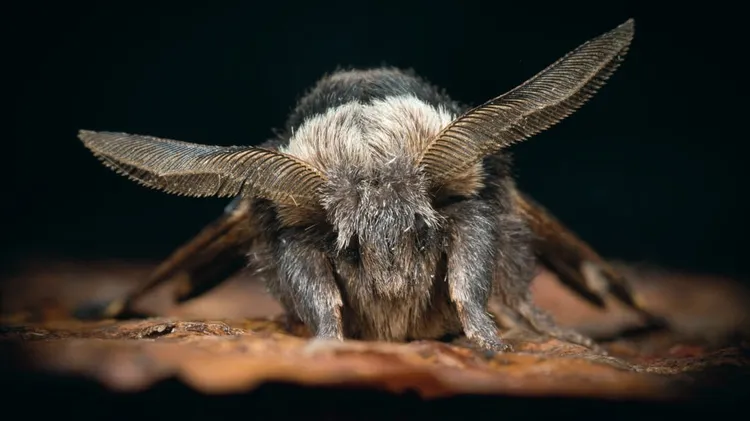Hibernation is used as a catch-all term for the inactivity of animals over
Hibernating animals
2 min read
This article is from...
Read this article and 8000+ more magazines and newspapers on Readly






